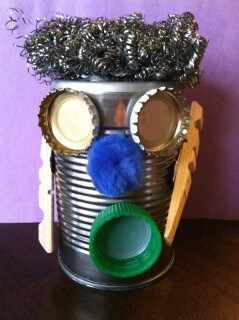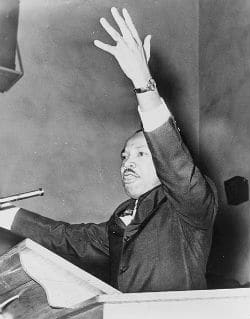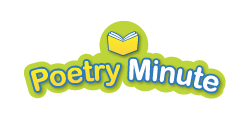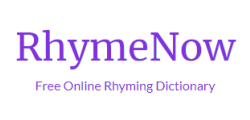A poem can do a lot of things. It can tell a funny story, describe an interesting image, or present an idea. Some poems are written in the form of a “direct address”—that is, the speaker in the poem is talking directly to a specific person. An apology poem is one that uses direct address as a way to apologize for something that the speaker has done or said.
One of the most famous examples of an apology poem is by William Carlos Williams. The title of this poem is “This Is Just to Say.” As you read the poem, decide for yourself whether the speaker is actually sorry for what he has done.







